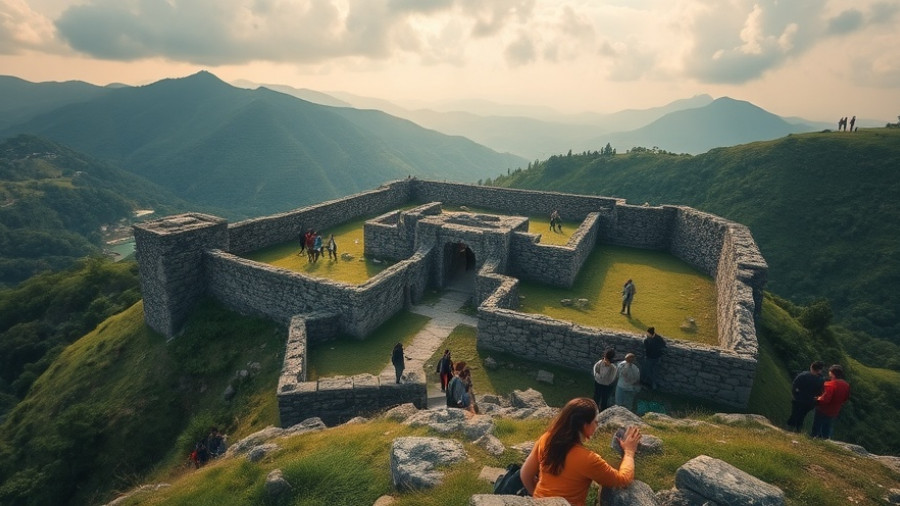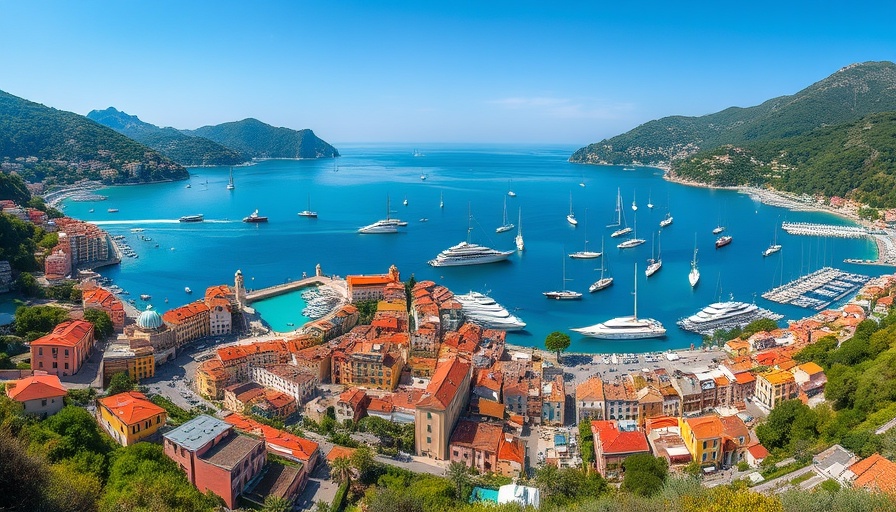
Unveiling the Beauty of Pink Lakes
Pink lakes are striking natural wonders that have captured the fascination of travelers and scientists alike. Known for their vibrant pink to red hues, these lakes are not just photographic marvels; they are also complex ecosystems influenced by various environmental factors. This article delves into what makes these lakes so unique, where to find them, and their value amidst changing climates.
What Causes the Pink Hue?
The vibrant colors of pink lakes are primarily due to high salinity levels combined with specific microorganisms, such as Dunaliella salina algae and halophilic bacteria. These organisms produce carotenoids, which contribute to the lakes’ stunning shades. Interestingly, temperatures and salinity play a crucial role in the color intensity; warmer temperatures generally lead to darker pinks. While exploring these lakes, one can witness this natural phenomenon shift dramatically depending on the weather and environmental conditions.
Destination Spotlight: Top Pink Lakes Around the Globe
Australia boasts an impressive collection of pink lakes, with Lake Hillier being the crown jewel. This lake, famous for its vivid colors even when sampled, is located on Middle Island and surrounded by eucalyptus trees. Visitors can access it via scenic flights, offering breathtaking aerial views that heighten its allure.
Another notable mention is Hutt Lagoon in Western Australia, which showcases an array of colors from bubblegum pink to lilac, best viewed at sunset. For those traveling in the region, a road trip offers accessibility to not only the lagoon but also a chance to explore the unique flora surrounding these high-salinity bodies of water.
Pink Lakes Worldwide: 22 Countries, 42 Lakes
Pink lakes aren’t confined to Australia; they can be found across 22 countries worldwide. From Africa to South America, each lake presents an eco-tourism opportunity that intertwines beauty with environmental awareness. For instance, Namibia’s Lake Oloidien is a salt lake that changes hues with the seasons, while in Italy, the Saline di Montirossi glow a mesmerizing pink, creating a serene landscape perfect for photographers and nature lovers.
The Impact of Climate Change on Pink Lakes
As captivating as they are, pink lakes are vulnerable to the impacts of climate change. The warming global temperatures can alter the delicate balance of salt levels and microbial ecosystems that create their beautiful colors. Scientists warn that if current trends continue, many of these lakes could diminish in size or disappear altogether. Thus, they serve as a scientific laboratory for studying the effects of climate change on aquatic ecosystems.
Valuable Insights for Eco-Friendly Travelers
When considering a visit to these pink lakes, it's essential to adopt practices that support sustainable tourism. Travelers can play a role in preserving these unique ecosystems by:
- Choosing eco-friendly accommodations.
- Respecting local regulations and natural reserves.
- Avoiding plastic waste by using reusable water bottles and bags.
- Participating in or supporting local conservation efforts.
By prioritizing sustainable practices, tourists can help maintain the beauty of these lakes for future generations while enjoying their unique offerings.
Explore the Map of 42 Pink Lakes
To explore the gorgeous landscapes of pink lakes around the world, refer to our interactive map. It allows thrill-seekers and eco-tourists to navigate through these magnificent sites, making it easy to plan a responsible and memorable trip.
Call to Action
As we learn more about the wonders of pink lakes and their significance in our ecosystem, it’s crucial to travel responsibly. Consider how your travel choices impact the environment and make plans to visit these stunning locations sustainably. Together, we can embrace the beauty of these lakes while protecting them for the future.
 Add Row
Add Row  Add
Add 




Write A Comment